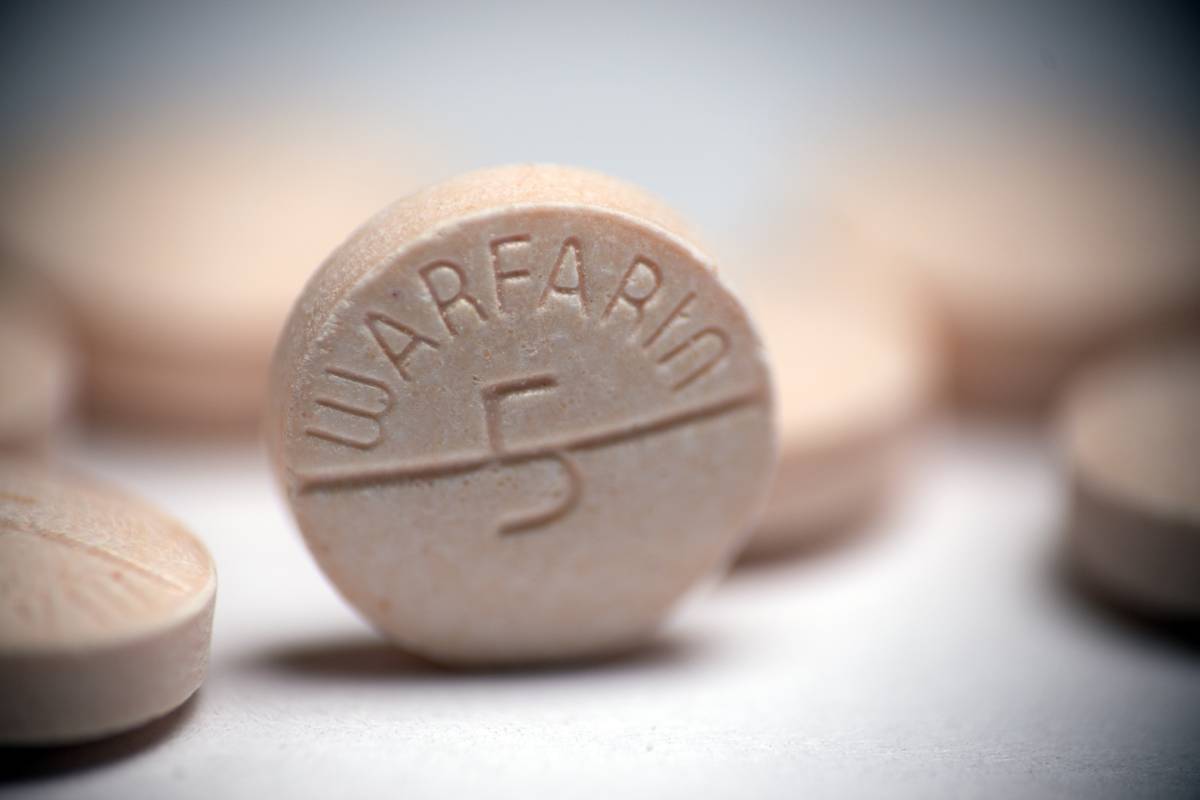In the United States, blood thinners, or more accurately, anticoagulants, are indicated for the prophylaxis and treatment of thromboembolic disorders (1). Relevant and common examples of thromboembolic disorders include DVTs (deep vein thrombosis), PEs (pulmonary embolism), and strokes (often secondary to atrial fibrillation). Today, vitamin K antagonists (warfarin), heparin, low-molecular-weight heparins (LMWH), direct thrombin inhibitors (DTIs), and factor Xa inhibitors are all commonly used to prevent the aforementioned conditions from developing. With nearly 30 million prescriptions for warfarin written annually, and more than 2.3 million individuals taking novel oral anticoagulants (1), clinicians must be equipped with the knowledge to reverse these medications, when necessary. The main indications for immediately reversing the effects of blood thinners include the need for an emergent procedure/surgery and the presence of life-threatening bleeding. Life-threatening hemorrhage can include the exacerbation of hemorrhage secondary to traumatic injury, or spontaneous hemorrhage, such as gastrointestinal bleeding or nontraumatic intracranial hemorrhage (2).
As previously mentioned, there are 5 main types of anticoagulants: heparin, warfarin, low molecular weight heparins (LMWH), factor Xa inhibitors, and direct thrombin inhibitors (DTIs). All of these medications work to interrupt different steps of the coagulation cascade, which is the process by which the body induces clot formation (1). Heparin was identified over a century ago, and was the first anticoagulant in use (IV only). Heparin works by binding antithrombin III, which then binds to factor II, irreversibly inhibiting its coagulant properties (2). Warfarin was originally used as rat poison, but in 1954, became the first oral anticoagulant. Warfarin works by inhibiting the production of vitamin K-dependent clotting factors, and requires strict monitoring to prevent complications (2). LMWHs are essentially ‘smaller’ forms of heparin that work to inhibit clotting via a slightly different mechanism, and are typically used in pregnant patients (2). Factor Xa inhibitors (apixaban, rivaroxaban, etc.) are all taken orally, and require less monitoring compared to warfarin (2). Lastly, DTIs work by directly inhibiting thrombin, which is one of the final factors in the coagulation cascade. Dabigatran is currently the only oral DTI in use. As one can see, these blood thinners all work via different pathways, and thus require different approaches if they need reversing for emergent surgery or other serious cases.
If urgent or emergent heparin reversal is required, heparin should be discontinued and protamine sulfate initiated (2). Protamine sulfate is a positively charged polypeptide, capable of reversing antithrombin III inhibition. Protamine sulfate may also be used to reverse the anticoagulant effects of certain kinds of LMWHs (2). It is important to note, however, that protamine is only 60% effective in reversing these anticoagulants owing to its limited ability to address factor Xa inhibition (2). The reversal of warfarin centers on immediate and sustained therapy. Immediate reversal is attained through the employment of prothrombin complex concentrates (PCC) and fresh frozen plasma (FFP), and sustained reversal is achieved through vitamin K administration. Patients who are actively bleeding should receive an initial dose of 5 to 10 mg of IV vitamin K over approximately 20 minutes. Idarucizumab and andexanet alfa are the only 2 currently approved specific reversal agents for DTIs and factor Xa inhibitors (2,3). Idarucizumab is a monoclonal antibody fragment that binds dabigatran with higher affinity than dabigatran’s affinity for factor II. Andexanet alfa is a factor Xa decoy protein that binds Xa inhibitors. Andexanet alfa may theoretically also reverse the factor Xa inhibition of heparin, LMWH, and fondaparinux, but studies are lacking (3).
Complications of reversing anticoagulation are highly dependent on the reversal agent used. As with other blood products, there is a risk of viral transmission and transfusion reactions including transfusion-related acute lung injury (TRALI) and allergic reactions with the administration of FFP. Protamine has been associated with anaphylactic reactions and cardiac circulatory collapse (via an unclear mechanism) (2). Lastly, all of the aforementioned reversal agents are associated with an increased risk of DVT, PE, myocardial infarction and stroke (given that anticoagulants are typically used to prevent these conditions and anticoagulation reversal nullifies this effect). Complications, however, of reversing blood thinners must be balanced against the need to prevent hemorrhage or reduce bleeding in emergent patients.
References
- Simon EM, Streitz MJ, Sessions DJ, Kaide CG. Anticoagulation Reversal. Emerg Med Clin North Am. 2018;36(3):585-601. doi:10.1016/j.emc.2018.04.014
- Josef AP, Garcia NM. Systemic Anticoagulation and Reversal. Surg Clin North Am. 2022;102(1):53-63. doi:10.1016/j.suc.2021.09.011
- Patel RB, Tassiopoulos AK. Anticoagulants and Surgery: So Many Agents, So Many Taking Them. Adv Surg. 2019;53:235-251. doi:10.1016/j.yasu.2019.04.011


